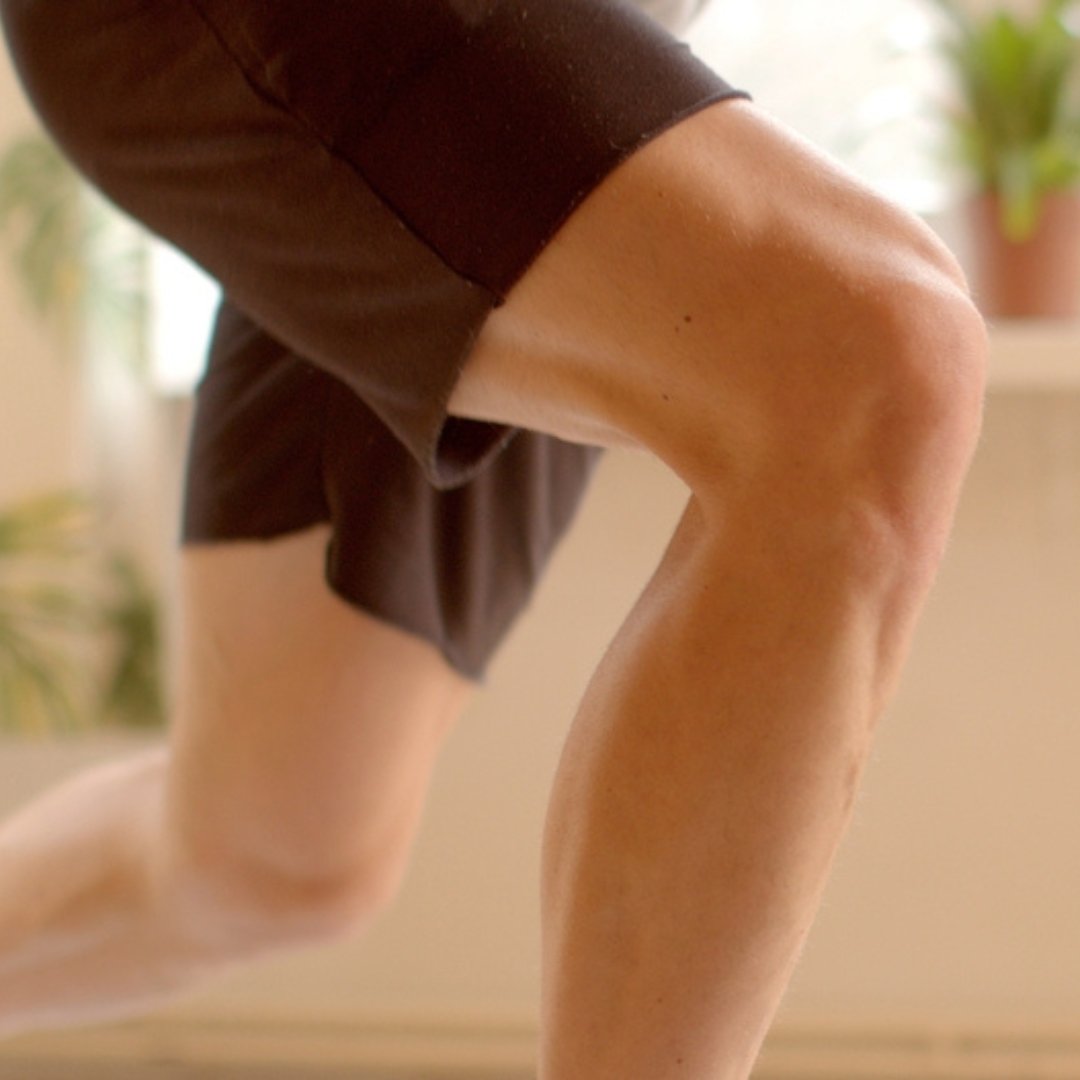
How Soon Should You Go Back to Driving After Knee Replacement Surgery?
Driving after knee replacement surgery? Learn when it’s safe to return to the road and how to manage stiffness, pedal control, and long-drive comfort.
If you wince when you stand up, limit your walk because of swelling, or skip a Pickleball game thanks to throbbing joints, welcome to the club no one asked to join. I’m Shehla Rooney, PT and co-creator of GoKnee, and I’ve spent 26 years guiding people through knee pain, and I’ve survived multiple knee surgeries myself. We all want the same thing: steady relief that lets us move, work, and play without trading one problem for another.
You already know common oral NSAIDs like ibuprofen and naproxen. They fight inflammation well, but each pill travels through your stomach, bloodstream, heart, and kidneys before it ever reaches your knee cartilage. At every stop, your risk of ulcers, spikes in blood pressure, fluid retention, and other side effects increases.
Topical NSAIDs flip that script. You massage a gel or cream (my favorite is over-the-counter Voltaren Gel) right over the sore area. Medication soaks into local tissues, tackles inflammation on site, and keeps systemic exposure tiny, and plasma levels stay a fraction of what an equal-dose pill delivers.
Current evidence shines brightest in the first three months. After that, data grow thin, not negative, just unstudied. I guide people to:
Remember, topical and oral NSAIDs together don’t double the benefit but do double the drug exposure. One route at a time is usually enough.
Q: Does the gel reach deep knee cartilage?
A: Studies show diclofenac concentrates in synovial fluid and joint tissues while staying barely detectable in blood, right where you need it.
Q: What if both knees hurt?
A: You can treat each knee, but respect the total daily dose on the label.
Q: Is it safe with blood pressure meds?
A: Topical forms rarely raise BP, yet I still advise monitoring if you have hypertension.
Target the trouble spot. Topical NSAIDs deliver relief where you hurt and spare the rest of your body.
Knees carry us through life’s adventures. Give them care that works with your body, not against it.
To moving freely,
Shehla

Driving after knee replacement surgery? Learn when it’s safe to return to the road and how to manage stiffness, pedal control, and long-drive comfort.

Protect your knee health with lifestyle tips, exercises, and therapies that help prevent degeneration and support long-term joint comfort.

Sex after knee replacement surgery is safe with the right timing, tips, and support. Learn how to return to intimacy with confidence.

Learn how neuromuscular training improves knee stability, balance, and proprioception to support joint health and prevent injuries.

Learn why knee stiffness isn’t only caused by aging and discover strategies to ease pain, improve mobility, and support long-term knee health.